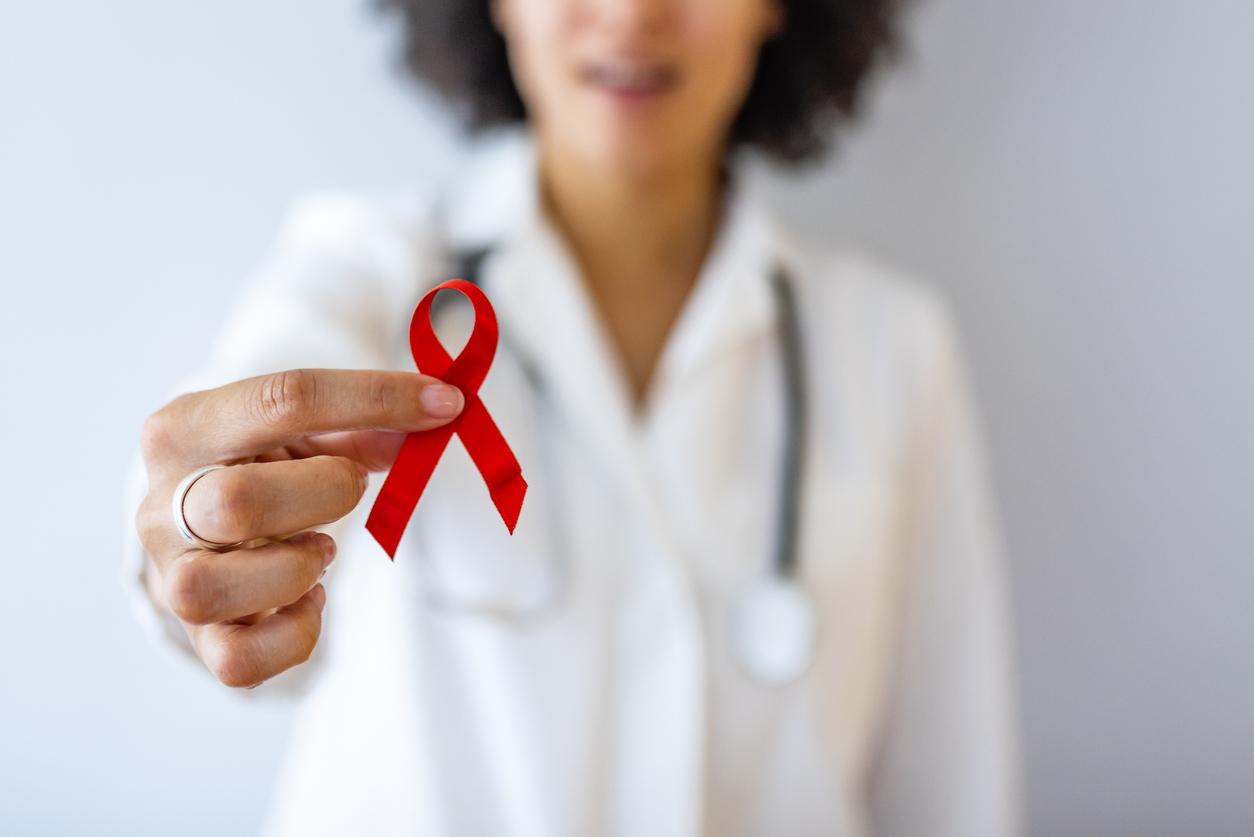The agency recognizes the existence of several sources of pollutants in aircraft that could explain the symptoms associated with air contamination that flight personnel complain about.

- Air contaminated by fumes or fluids, breathed in planes, causes health problems among cabin crew.
- “In aircraft cabins, multiple sources of pollutants are identified, which can be linked to the materials used, the operation of the aircraft and in particular the ventilation system, the operations carried out on the ground and in flight,” estimates the Handles.
- Further research is needed to determine the effects of air contamination on the health of flight personnel.
For years, flight personnel have complained of symptoms associated with potential air pollution in aircraft cabins and cockpits: blurred vision, headaches, dizziness, coughing, etc. In 2018, after a complaint against X filed by two former airline pilots, a judicial expertise had even confirmed a “potential risk of air contamination”.
It is now the National Health Security Agency (Handles) who, in a notice of October 25 that The Parisian was able to consult, admits the existence of these neurological and respiratory symptoms, “grouped under the “aerotoxic syndrome”.
“Multiple sources of pollutants” identified in planes
The daily reports that, “in aircraft cabins, multiple sources of pollutants are identified, which can be linked to the materials used, the operation of the aircraft and in particular the ventilation system, the operations carried out on the ground and in flight […] In the vast majority of aircraft, the air supplying the cabin is partly taken from the engines. Compounds from engine oil or its thermal degradation are commonly suspected of polluting cabin air.”
ANSES says it lacks data to determine the exact origin of the pollutants detected in cabin air or to quantify their concentration levels, but hostesses, stewards and pilots are indeed exposed to a cocktail of pollutants: cleaning products and defrosting, airport air pollution which enters the plane when the doors are opened…
“We can find fine particles, organophosphorus substances and flame retardants inside the cabin,” explains the scientific director of health and work at Anses, Henri Bastos.
As for passengers who are accustomed to long-haul flights, “they can effectively be subject to the same constraints as in-flight personnel”recognizes the researcher, inviting people who have the same symptoms to consult a specialist.
The need for further research on “aerotoxic syndrome”
As the “aerotoxic syndrome” is not yet the subject of a medical consensus, ANSES is calling for further research to determine the effects of the working conditions of flight crews on their health, whether it be the quality of air in cabins, time differences, or even the impact of radiation. ANSES has in fact “noted an increase in the incidence of skin cancers and leukemia among flight personnel which could be linked to cosmic and solar radiation”.
















